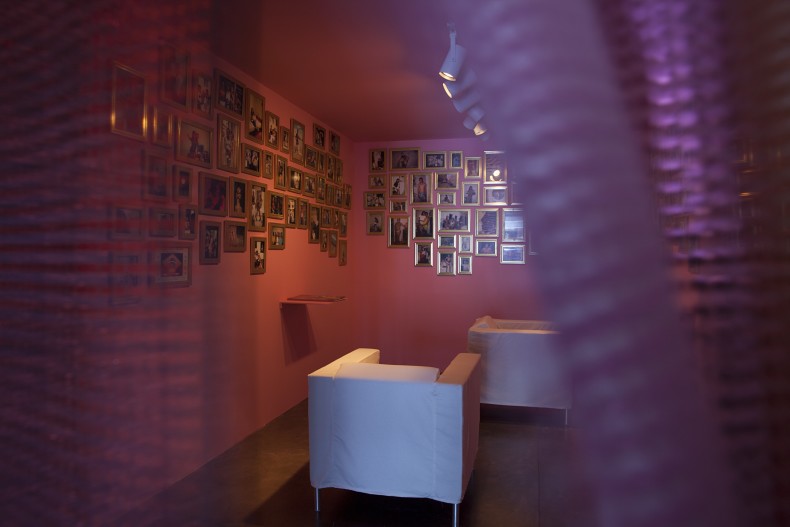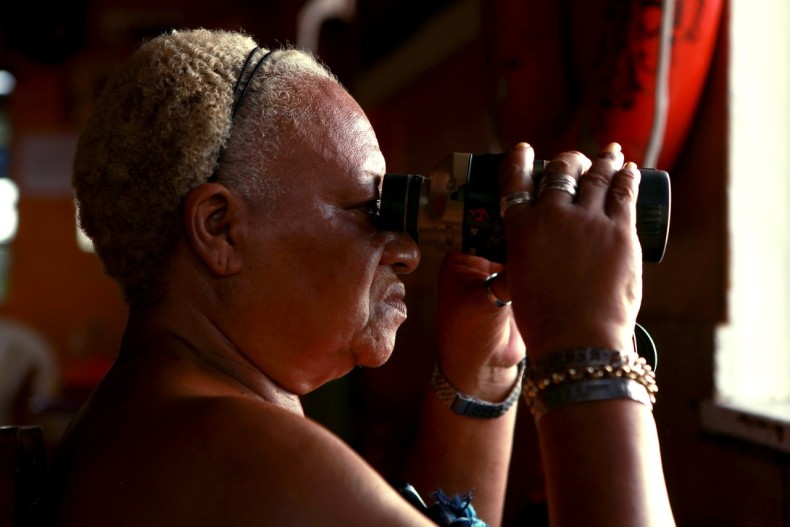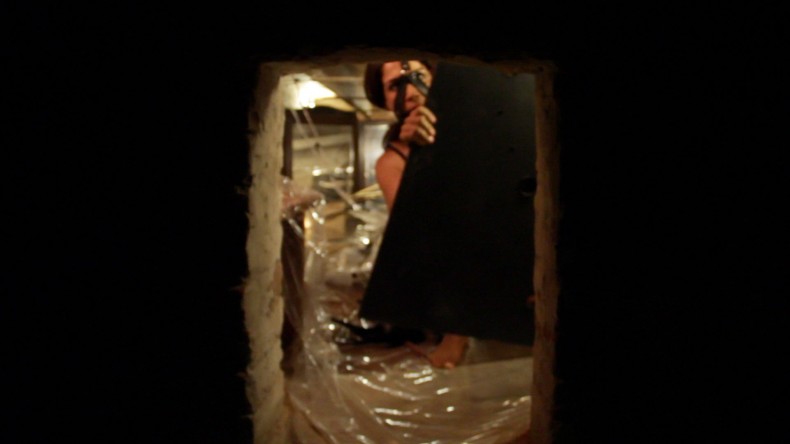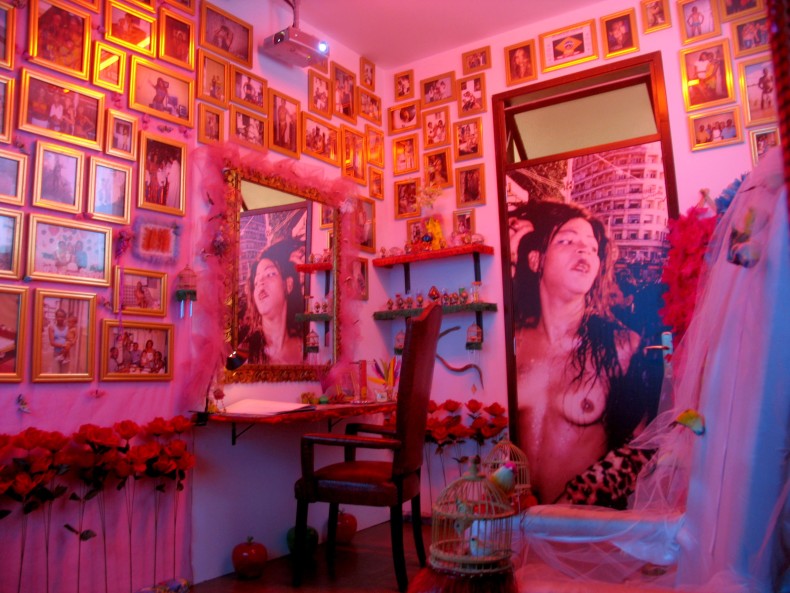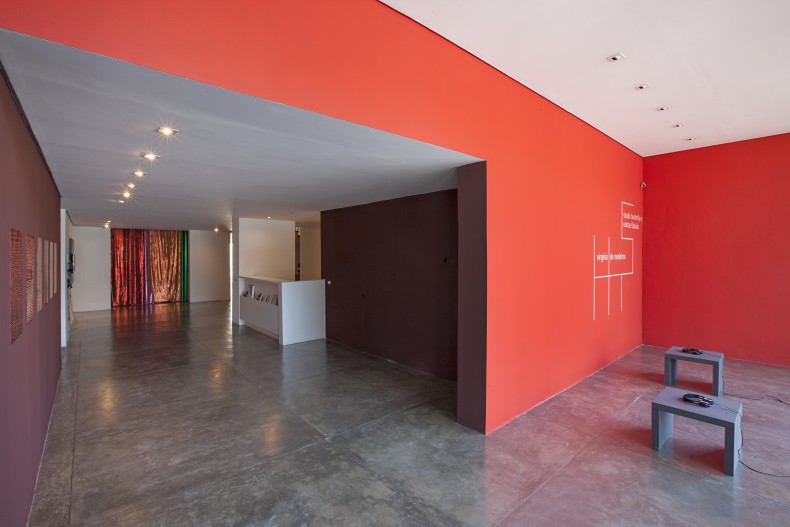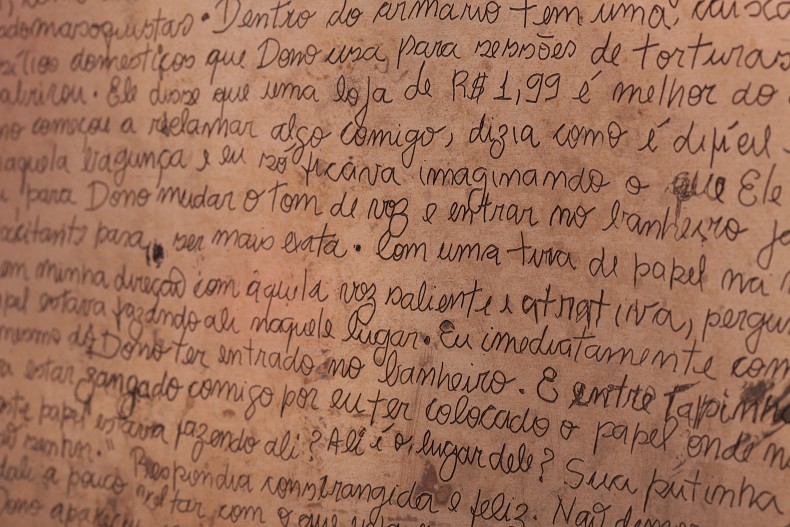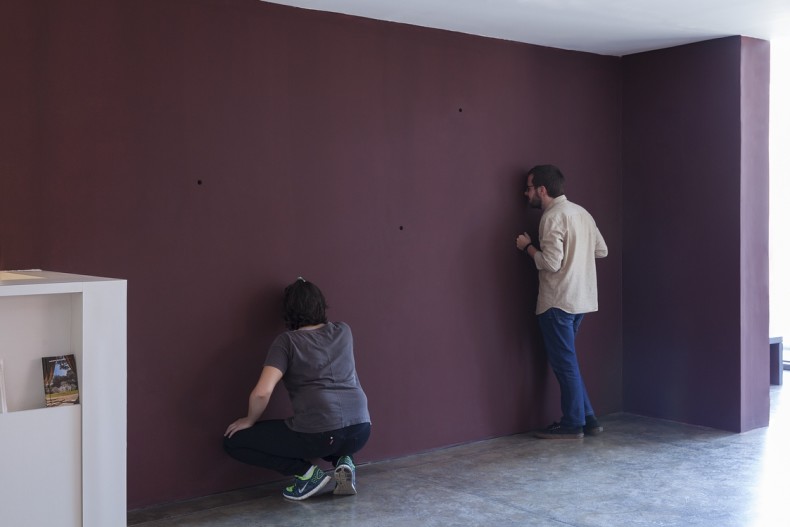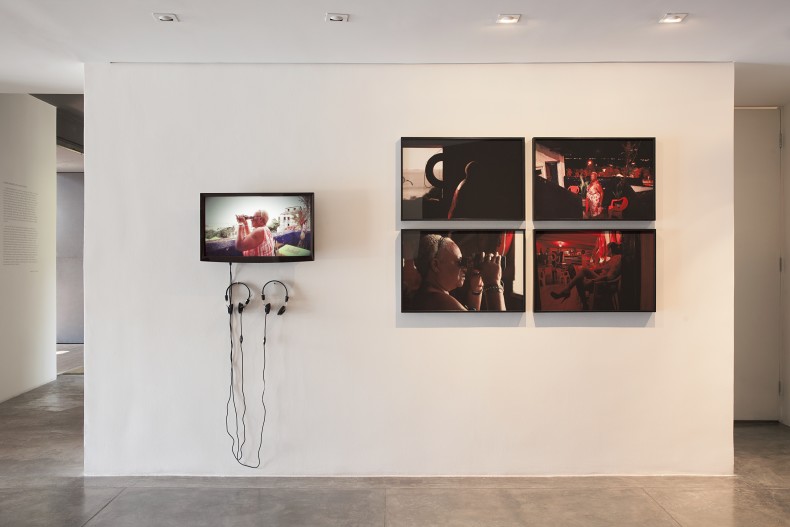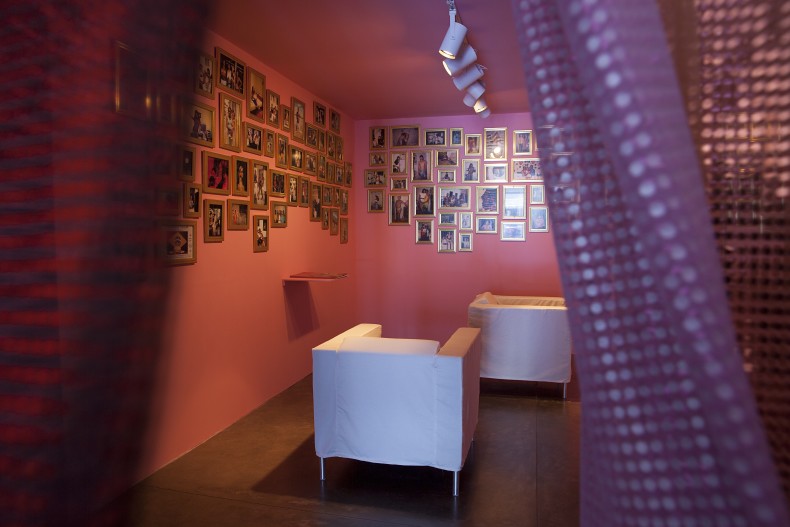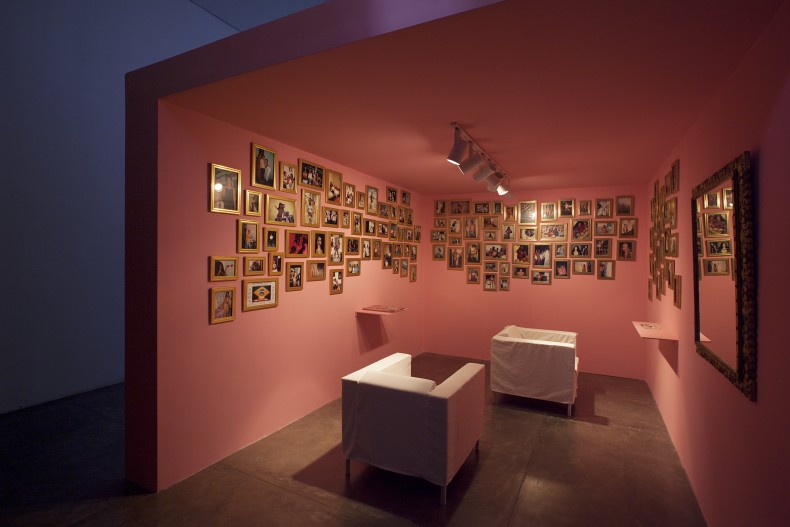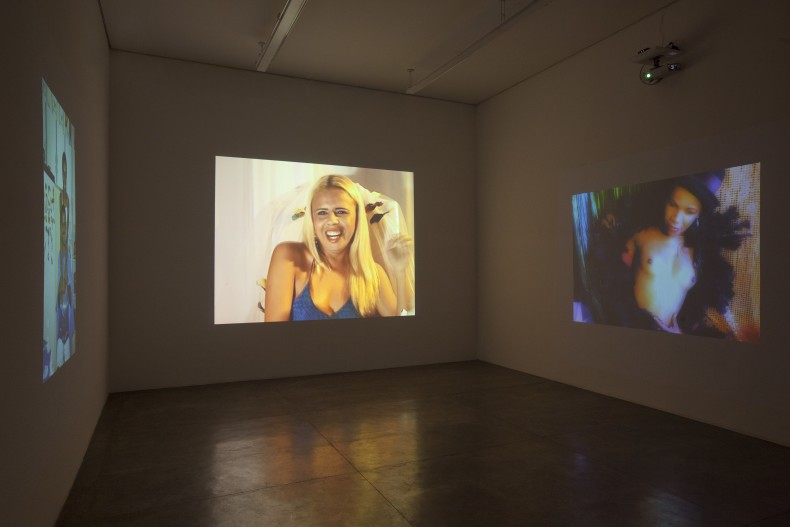Society’s outcasts retrieve their dignity in the judgment-free views of Virginia de Medeiros, now showing at the 31st São Paulo Art Biennial and at Galeria Nara Roesler SP in October, under the curatorship of Moacir dos Anjos.
Virginia de Medeiros takes the universe of society’s outcasts as the foundation for her multimedia work, which employs photography, video, sculpture, installations and other media, at times concurrently, in each new piece. Her poignant art will be featured in São Paulo’s Galeria Nara Roesler from October 23 to November 23. The show is curated by Moacir dos Anjos. With her prejudice- and judgment-free perspective, never victimizing or condemning her characters, the artist from Feira de Santana builds controversial depictions of social life that tell of unique stories.
They represent obscure aspects we prefer not to recognize, even though they are somehow latent in every individual. They are the subversion of the ruling status quo, especially as concerns desire versus morals. Approaching their subjects from unusual angles, her works boast uncommon beauty and create a space where the existence of the many facets of the elements society despises and of sexuality is assured. A case in point is Sergio e Simone (2010/2014), now showing at the 31st São Paulo Art Biennial.
Through three simultaneous video projections, the audience learns about the story of Simone, a transvestite from a rundown area in Salvador who reassumes her male identity after a crackinduced convulsion and becomes an evangelical pastor, after which she oscillates between her two personas and religions – candomblé and Christian Pentecostalism.
Galeria Nara Roesler will feature three of Virginia de Medeiros’ works, made between 2006 and 2014. In the latest of the pieces, Em Torno dos Meus Marítimos (2014), the Bahia native presents four photographs and a video portraying Dona Marinalva, known in Salvador as Casteleira. She owns a brothel known as Castelo (Castle) that doubles up as home and workplace for her prostitutes. The legendary Marinalva gained fame in the city for having been arrested upon alighting a Filipino ship on board which she had travelled illegally from Italy to Brazil. The sadomasochistic universe is the focus of the five diaries and the video in Jardim das Torturas (2012-2013), which won the 2012 Funarte Visual Art Production Stimulus Scholarship.
The piece features Dom Jaime, a sadist male dominatrix, and his two female “slaves.” They bring up a world considered abominable and whose code of conduct despises the notion of self-preservation, which current norms hold so dear.
In the words of art critic Jurandy Valença, “Virginia (following Michel Foucault) champions the notion that the subjectivation process ‘is always ethical, as opposed to moral. Moral judges based on a set of coercive rules. The rules of ethics are optional and evaluate what we say and do in light of the mode of existence these things imply.’” Finally, the least recent of the three featured works, Studio Butterfly (2003-2006), also employs three simultaneous projections. It tells the stories of several transvestites who used to go to the namesake room, which the artist set up to meet them, in a commercial building in Salvador. After bringing personal photos and telling some of their stories to the camera, the transsexuals were photographed by Virginia de Medeiros, who gave them portfolios like those of top models.
